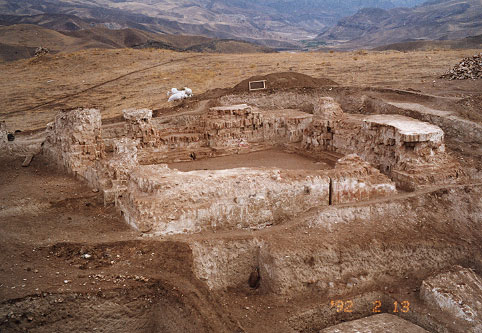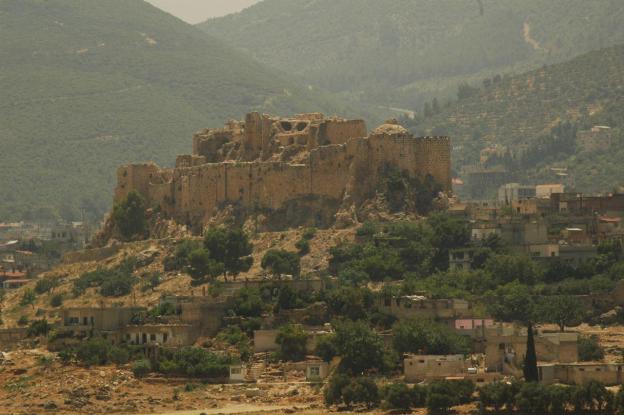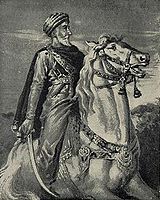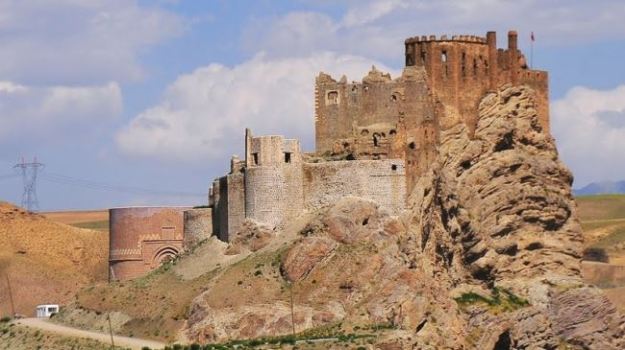By Kyle Orton (@KyleWOrton) on August 21, 2015
This is the fifth of a six-part series. Read parts one, two, three, and four.

Lamsar fortress, the Nizaris’ second castle near their Alamut headquarters in northern Iran
The End of the Nizaris
In 1218, the Mongols reached the Jaxartes River, becoming immediate neighbours of the Khorazmshah. By 1219, Genghis Khan had crossed the river and entered the Islamic world. By 1240 the Mongols had overrun Iran and were invading Georgia, Armenia, and northern Mesopotamia.
In this period, the Nizaris—who never forgot their mission—had dispatched envoys from Alamut to convert the Ismailis of the Gujerati coast from the “old preaching” to the “new preaching”. In time, India would become a main centre of Ismailism.
There is one final documented episode—albeit hazily—from the Nizaris in Syria around this time. The stories of the Assassins’ attempts to kill France’s King (now Saint) Louis IX as an infant can, like all stories of the Assassins operating on European soil, be dismissed as invention. But after King Louis arrived in Palestine in June 1249, there is every indication that he reached a compact with the Assassins, which involved paying them tribute. Continue reading →





